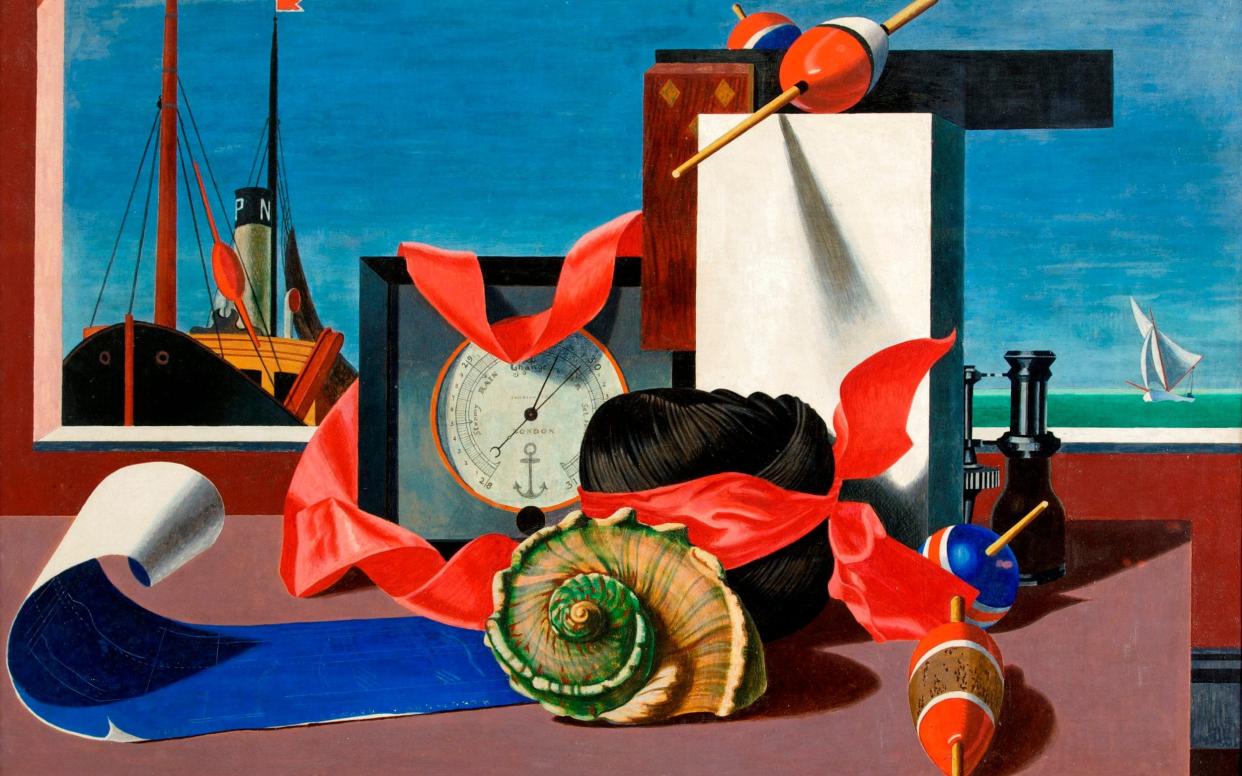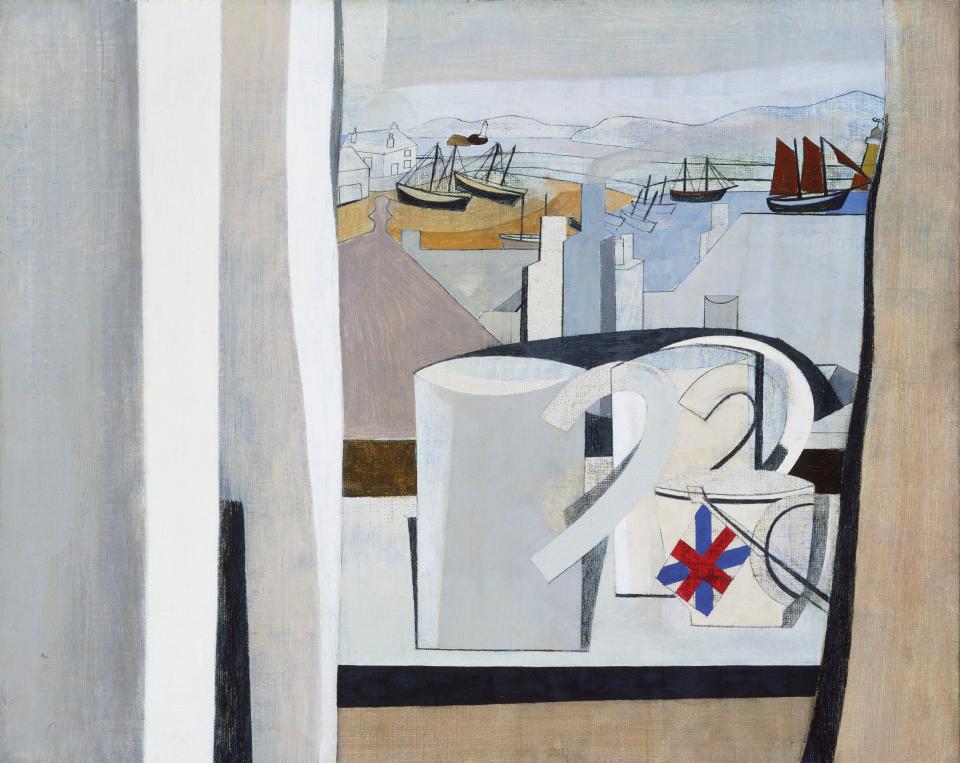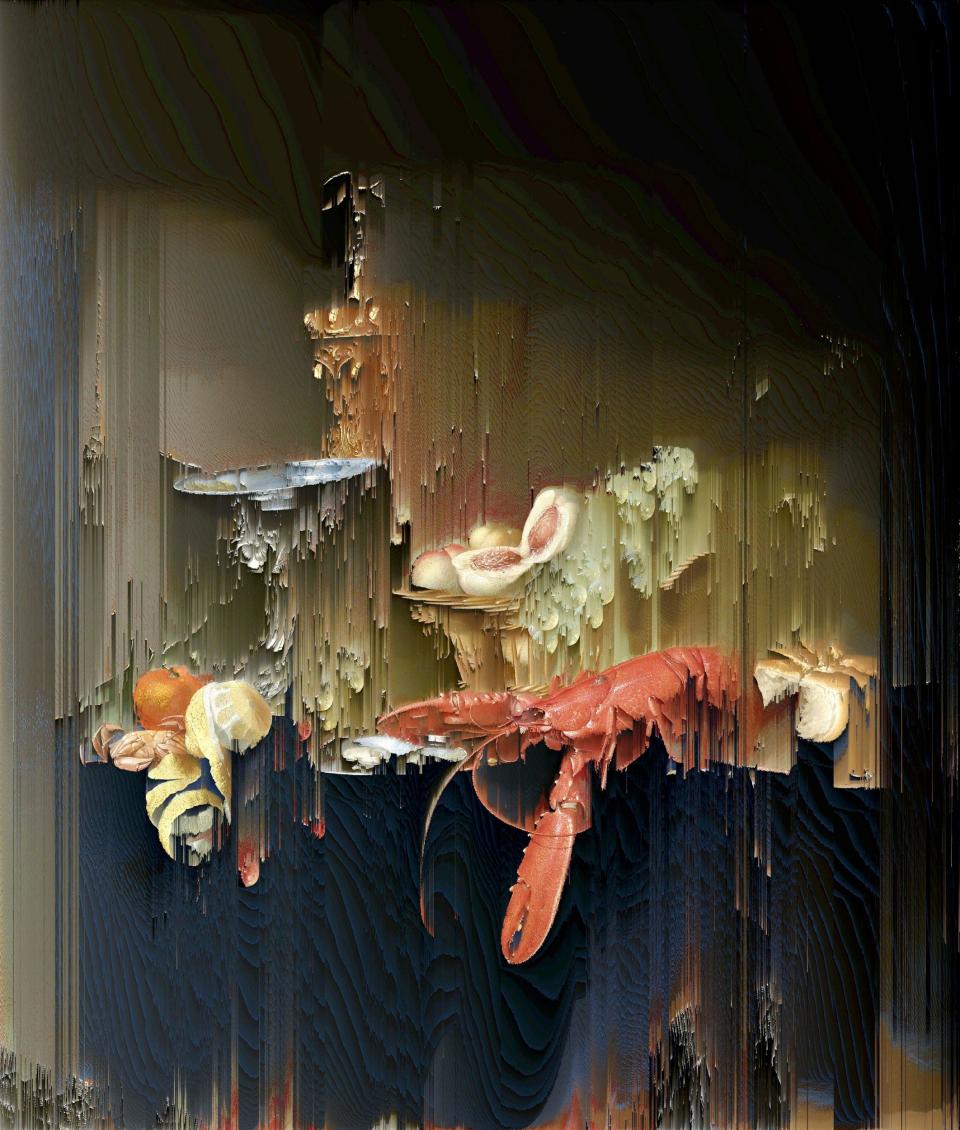The Shape of Things: Damien Hirst, the Bloomsbury Group and more prove still life is anything but staid

Still-life painting is a staple of amateur art classes up and down the land. The curators of a splendid new exhibition, though, argue that it’s a less staid genre than people think – and that there’s far more to it than apples and grapes in a bowl.
Featuring 150 works, the show focuses on still lifes made in Britain over the past three-and-a-half centuries. The genre dates back to Classical antiquity, but it truly came of age in the 17th-century Netherlands, émigrés from where helped popularise it in Britain.
Essentially, it comprises a group of inanimate objects depicted together, usually on a table. An early example on view is Vanitas Still Life (1694) by the London-based Dutchman, Edward Collier. It groups a globe, a book and some musical instruments: the point being that imperial power, learning and musical pleasure are all fleeting – and fail to prevent the inevitability of death.
This particular type of still-life painting – the vanitas – contrasted the transience of human endeavour with everlasting faith. The genre as a whole proved popular in Protestant lands because it lacked the overtly religious subject matter of much Catholic imagery, yet morals were still to be drawn. William Smith’s mid-18th century paintings of overripe fruit symbolically suggest the brevity of life.
Due to both secularisation and the edicts of the Royal Academy of Arts (which was founded in 1768 and demeaned still life for having no people in it), the genre fell from favour in the late-18th and 19th centuries.

Still lifes by French Post-Impressionists, however, Cézanne above all, would prove a catalyst for myriad British painters. Modernists from the Bloomsbury Group to the Scottish Colourists all embraced the genre. The self-contained nature of a still-life scene allowed them to revel in texture, colour and composition, and not necessarily worry about narrative.
Meredith Frampton’s Trial and Error (1939), in turn, shows Surrealist delight in combining unlikely objects: such as a pear on top of an urn, and flowers in a teapot. For his part, Ben Nicholson reduced the genre to a few flattened shapes of bottles and jugs, which verge on abstraction.
The only downside of this show is the occasional inclusion of a work that is plainly not a still life such as David Hockney’s Tea Painting in an Illusionistic Style (1961), which portrays a human figure within a box of Typhoo tea in a section devoted to Pop art.

Overall, though, we encounter a genre of never-ending inspiration: offering a basic framework on which artists could express themselves as radically as they wished. Damien Hirst’s Bognor Blue (2008), for example, consists of eight dead butterflies stuck on a monochrome blue canvas.
In recent years, the still life has extended beyond painting into media such as textiles, ceramics and photography – sometimes with a topical theme including overconsumption in the case of Maisie Cousins’s gross series of photos of food waste from 2018.
So far from being “still”, this is a genre that has forever proved itself dynamic.
The Shapes of Things: Still Life in Britain at Pallant House Gallery, Chichester, May 11 to Oct 20; pallant.org.uk

 Yahoo News
Yahoo News 
